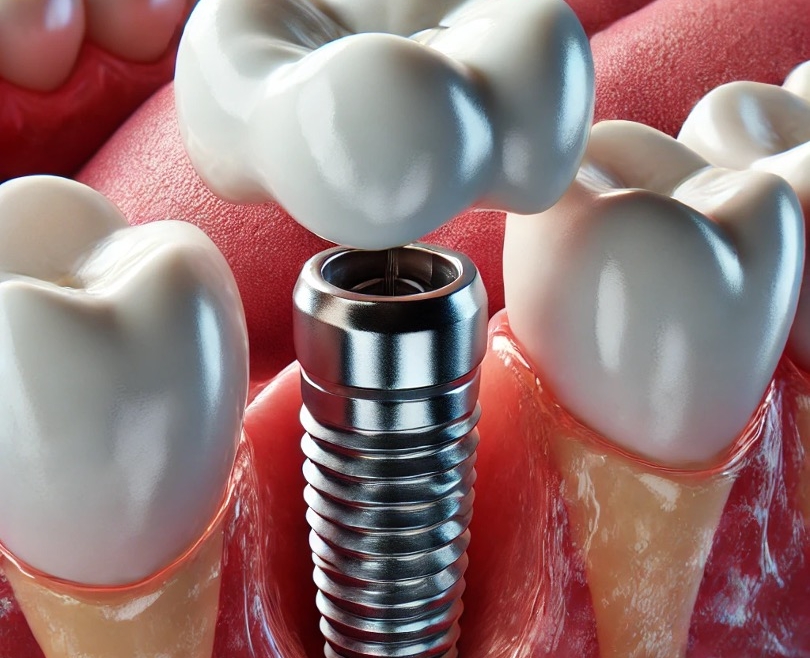Immediate-load implants are a revolutionary dental technique that allows patients to receive a prosthetic restoration—whether a crown, bridge, or denture—within 24 hours of implant placement. While this method has numerous advantages, it also involves certain risks that must be carefully considered. In this article, we will explore the benefits, risks, success rates, and ideal candidates for this type of dental implant.
Advantages of Immediate-Load Implants
One of the main benefits of immediate-load implants is the speed at which a temporary tooth replacement is provided, meaning the patient is both aesthetically and functionally cared for right after the procedure. This is especially important for teeth in the visible smile zone. In addition to aesthetic advantages, this type of implant allows for shaping of the gum and soft tissues around the implant during healing, which greatly enhances the appearance of the final prosthetic work. The temporary restoration must be replaced with a permanent one after at least three months to ensure long-term durability and stability.
Potential Risks and Complications
Despite the benefits, immediate-load implants come with certain risks. The greatest risk is implant failure if the prosthetic work is not properly fitted. The key is to ensure that the temporary crown has a passive fit on the implant to avoid unfavorable forces that may interfere with osseointegration. Additionally, the crown must not contact opposing teeth during biting, and contact points with adjacent teeth should not be too tight.
Success Rate of Immediate-Load Implants
According to available research, the success rate of immediate-load implants ranges between 92% and 97%. Success is measured by the successful osseointegration of the implant, or the absence of rejection. The most important factor for success is the primary stability of the implant, which must be at least 25 N/cm. Ensuring healthy and high-quality bone at the implant site is crucial for implant stability.
Ideal Candidates
Ideal candidates for immediate-load implants are patients missing a tooth in a visibly aesthetic zone who are seeking a quick and effective solution. Before deciding on this procedure, a thorough examination and diagnosis are necessary, including a CBCT scan, so the dentist can assess whether all conditions for this type of implantation are met.
Special Conditions and Preparations
For successful immediate-load implantation, a key condition is having healthy and quality bone. In addition to the CBCT scan, a clinical examination is also essential before the procedure to determine whether immediate-load implantation is an appropriate option for the patient. This careful approach ensures predictable outcomes.
Conclusion
Immediate-load implants represent a major advancement in modern dentistry, allowing patients to quickly regain aesthetics and function. Although they offer many advantages, the key to success lies in accurate assessment and preparation, as well as careful monitoring of potential risks. The decision on the type of implantation should be based on the specific needs and condition of each patient, supported by professional dental evaluation.



